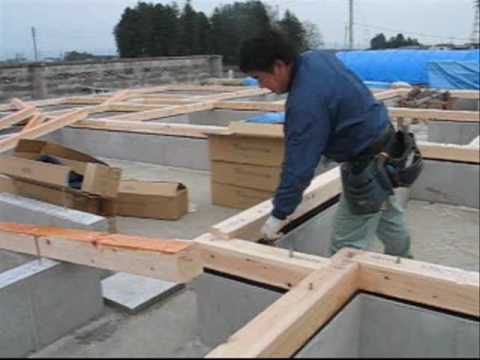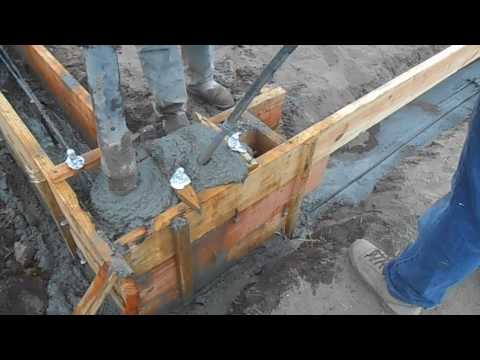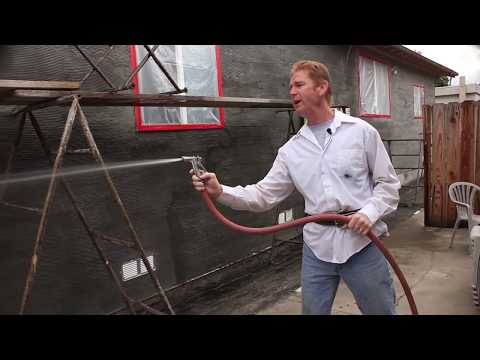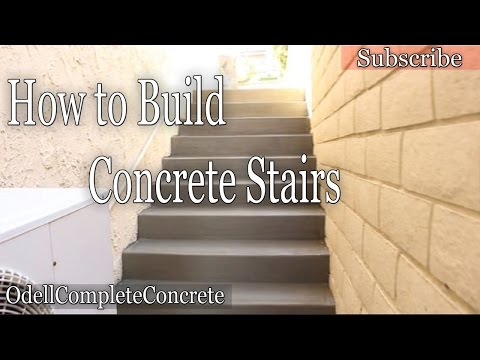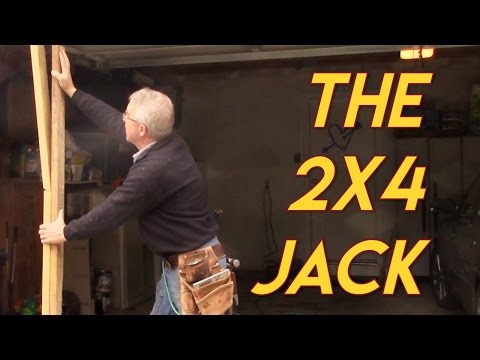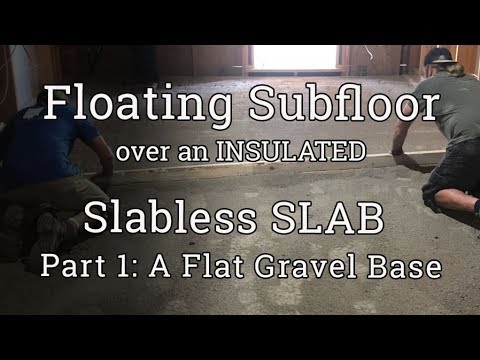Some familiar and not-so-familiar techniques for building concrete foundations.
It’s amazing to see how people build in different countries—especially ones as different from ours as Japan. Where the structural issues and geology are similar you might expect to see the same construction techniques being used. And yet trade traditions dictate how things are built in any given area.
The foundation in this time lapse video is an example of one with familiar and unfamiliar details and methods of construction. Built in Ichinoseki, a city 275 miles north of Tokyo, it’s essentially a reinforced thickened-edge slab with stem walls projecting out of it.
It’s for a house on a stem wall foundation over a crawl space. I’ve seen similar foundations in videos from projects in other parts of Japan.
Here are some of the things that stood out to me:
(0:19) They’re building on sandy soil, though not so sandy that they can’t place the footings in a trench.
(0:51) A layer of gravel fill is placed on top of the excavated areas—to allow for drainage.
(1:11) The gravel fill is compacted with a vibrating roller and then further smoothed with a small plate compactor.
(1:36) The form carpenters lay poly sheeting over the gravel to prevent moisture from coming up through the crawlspace slab. It extends all the way down to the bottom of the perimeter footings.
(1:49) A pump is used to place shallow concrete perimeter “footings” that contain no rebar.
(2:30) Pre-tied rebar grid is delivered and installed vertically on top of the footings. I haven’t seen it done this way before; in the U.S. vertical bar would be stubbed out from the slab and the grid tied after one side of the forms is installed.
(2:40) Rebar is placed across the center of the slab area and tied to form a tightly spaced grid.
(3:50) The form carpenters use rebar chairs support the grid above the poly.
(4:19) Additional vertical grids of rebar are installed in the locations where interior stem walls will be. It’s interesting that there are no footings and that the slab isn’t thickened under interior stem walls.
(4:49) Forms are delivered and installed at the foundation perimeter. The building appears to have been designed on a module because no forms are cut and they do not run long at any of the corners.
(6:14) The carpenters oil the inside face of the perimeter forms—not by spraying but with mops.
(6:22) With the perimeter formed and oiled, concrete is placed to create the slab.
(7:03) After the slab has set the carpenters form the interior stem walls and the inside face of the foundation perimeter.
(8:25) A rainstorm does not deter one of the carpenters from checking the layout of the forms. Am guessing this guy is the foreman.
(9:45) Placing concrete in the stem wall forms…
(10:55) Stripping forms...
(11:50) Backfilling the perimeter and then installing foam insulation in the closed bays on the far left and right of the building. They then fill these areas with gravel. Not sure what this is about unless these areas will have heated concrete or concrete and tile floors. There are no openings through the foundation for venting. Could be it will be an unvented crawl space or perhaps they will run some kind of venting fan.
—David Frane is a freelance writer and a good buddy of ours. A former carpenter, he has covered tools and construction for JLC, Tools of the Trade, Core77 and other publications. He lives in Northern California.
